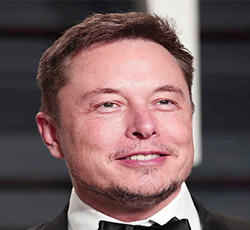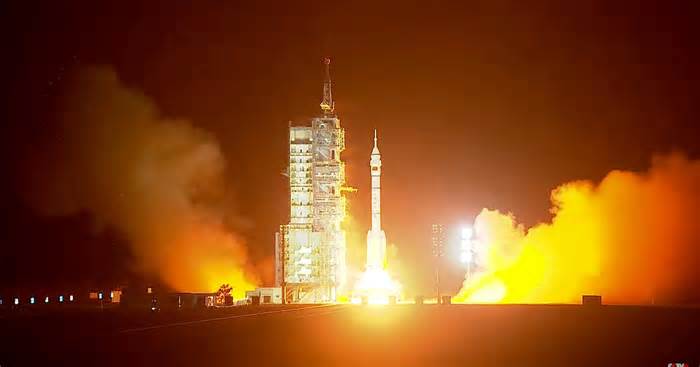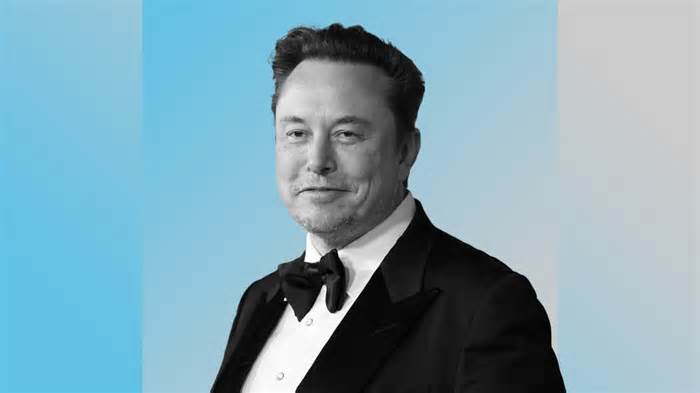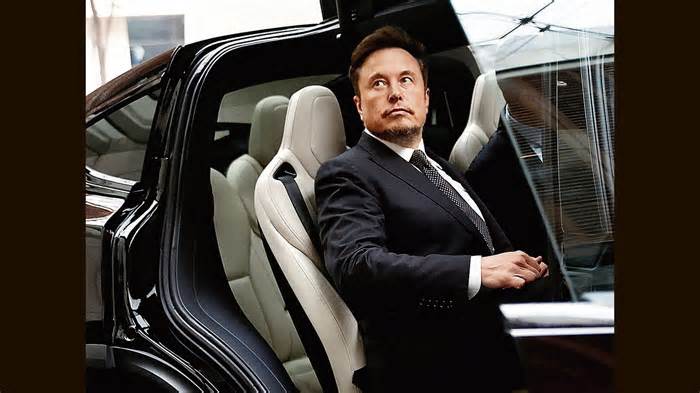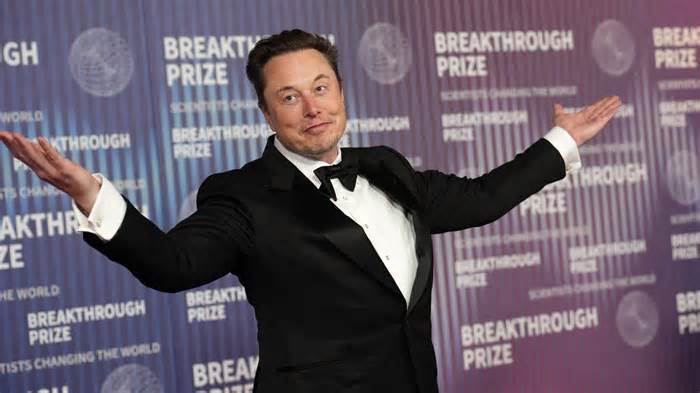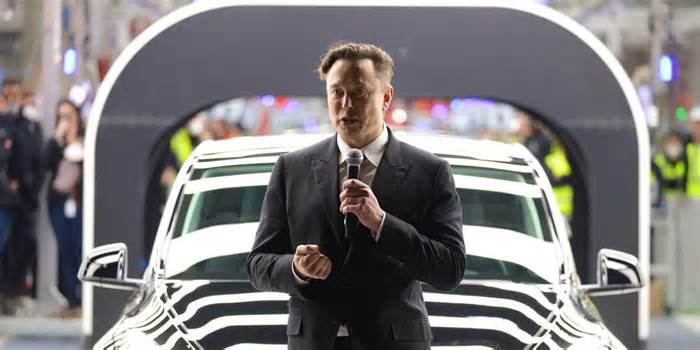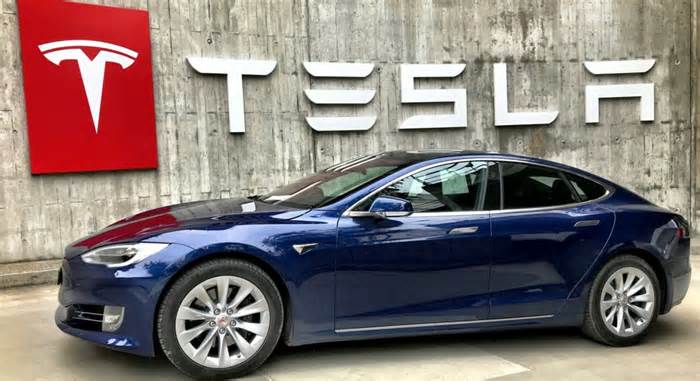
LATEST UPDATES
Tesla model Y. Is it possible to make a performance edition from a long range model?
Hey everyone, I'm a new Tesla owner so I might be making some pretty big mistakes that aren't immediately obvious to me. This morning I wen ...
- by emvlive
- Apr 25, 2024
- 2 Comments
- 1593 Views
- 3 Likes
-
1
Read More Flag 0 Of 10
What is Lorem Ipsum?
Lorem ipsum, or lipsum as it is sometimes known, is dummy text used in laying out print, graphic or web designs. The passage is attributed t ...
- by novcall2
- Apr 25, 2024
- 2 Comments
- 163 Views
- 0 Likes
-
0
Read More Flag 0 Of 10
Test EMV Topic
Lorem ipsum dolor sit amet, consectetur adipiscing elit, sed do eiusmod tempor incididunt ut labore et dolore magna aliqua. Ut enim ad minim ...
- by emv
- Apr 25, 2024
- 1 Comments
- 160 Views
- 1 Likes
-
0
Read More Flag 0 Of 10
This is Test Forum
Lorem ipsum, or lipsum as it is sometimes known, is dummy text used in laying out print, graphic or web designs. The passage is attributed t ...
- by Optimus
- Apr 25, 2024
- 0 Comments
- 152 Views
- 0 Likes
-
0
Read More Flag 0 Of 10
A day with the 2022 Tesla Model Y Performance
They still haven't fixed the ride. My car was not a lemon. It probably didn't help that I live in the NYC area, where the roads aren't the b ...
- by emvlive
- Apr 25, 2024
- 1 Comments
- 1696 Views
- 1 Likes
-
0
Read More Flag 0 Of 10
Falcon 9 launch
Watch Falcon 9 launch 21 Starlink satellites to orbit
- by emvap1
- Apr 25, 2024
- 2 Comments
- 698 Views
- 1 Likes
-
0
Read More Flag 0 Of 10
Satellite
A satellite or artificial satellite is an object intentionally placed into orbit in outer space. Except for passive satellites, most satelli ...
- by John Smith
- Apr 25, 2024
- 2 Comments
- 1843 Views
- 4 Likes
-
1
Read More Flag 2 Of 10

Is Elon Musk running X the right way
i think so
- by ElonizeMars
- Apr 25, 2024
- 0 Comments
- 73 Views
- 0 Likes
-
0
Read More Flag 0 Of 10
Hello !!
Lorem ipsum, or lipsum as it is sometimes known, is dummy text used in laying out print, graphic or web designs. The passage is attributed t ...
- by Optimus
- Apr 25, 2024
- 0 Comments
- 183 Views
- 0 Likes
-
0
Read More Flag 0 Of 10
Elon Musk’s X illegally fired employee who publicly challenged
NEW YORK, US - SEPTEMBER 17: Elon Musk arrives at the Turkish House to meet with Turkish President Recep Tayyip Erdogan ahead of the 78th se ...
- by emv
- Apr 25, 2024
- 2 Comments
- 242 Views
- 0 Likes
-
0
Read More Flag 0 Of 10
Tweets by elonmusk
To get the latest tweets please make sure you are logged in on X on this browser.
Popular Post
About Us
The argument in favor of using filler text goes something like this: If you use arey real content in the Consulting Process anytime you reachtent.






 Energy
Energy

